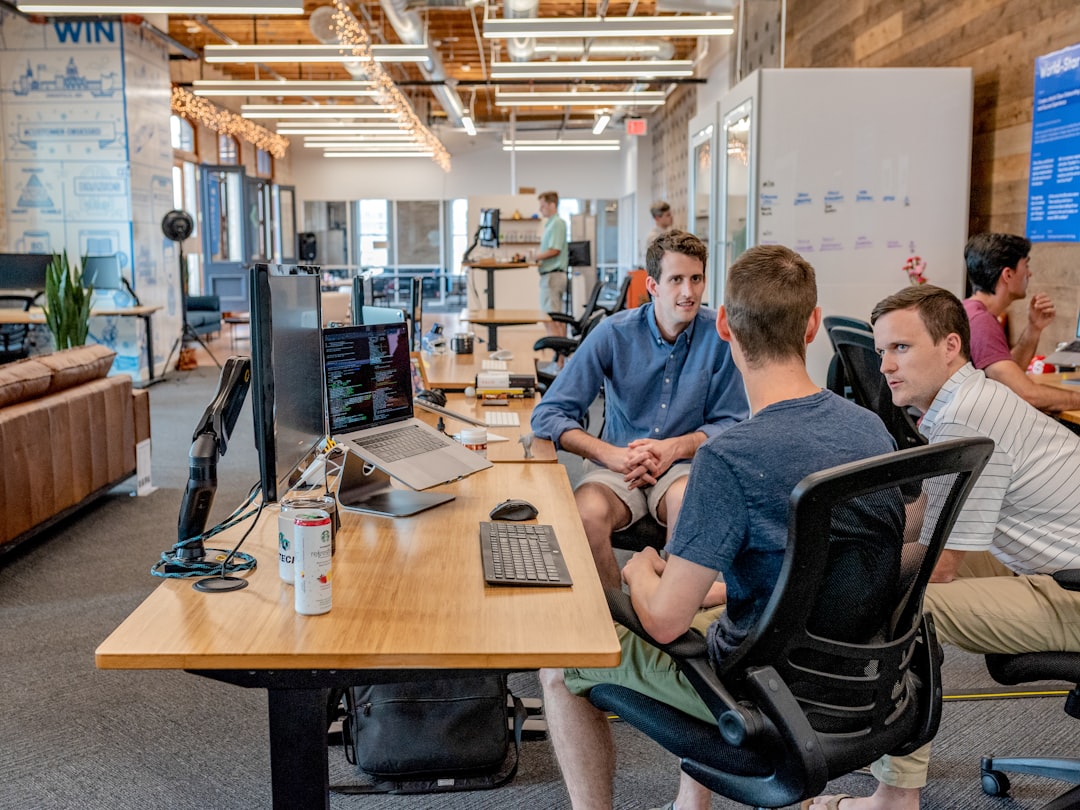What is it about?
This paper proposes a theory of capital structure based on March’s (1991) exploration/exploitation framework. The idea is that although equity encourages exploration, debt stimulates exploitation by imposing cash flow obligations on the firm. Hence a mix of debt and equity keeps innovation along the optimal trajectory while preventing the balance from swinging too far in the direction of either too much exploration or too much exploitation. Empirically, a key relationship we demonstrate is that debt is positively related to self-citation activity which reflects the extent to which a firm exploits its own knowledge in further innovative efforts. Another key idea of the paper is that in the absence of proper incentives, it is not just exploration but also exploitation that becomes vulnerable within firms. This runs contrary to received wisdom that it is only exploration that suffers within firms.
Featured Image
Why is it important?
For managers and capital providers, this paper attempts to dispel the notion that debt is detrimental to innovation. A judicious use of debt (and debt like instruments) acts as a stimulus to exploit knowledge and maximize the firm’s innovative output in the long run. Hence neither should managers be hesitant to take on debt, nor should markets be hesitant to provide debt to firms that are R&D and technologically intensive.
Perspectives
It is clear that debt is involved in nearly all stages of firm growth. Yet the literature had little to say about the beneficial effects of debt for innovation. Hence it became a personal challenge for me to take on this puzzle. My co authors and I were very thrilled to be able to use James March's seminal framework to build a 'strategy theory' of capital structure!
Professor Shyam Kumar
Rensselaer Polytechnic Institute
Read the Original
This page is a summary of: Capital Structure and Innovation Trajectory: The Role of Debt in Balancing Exploration and Exploitation, Organization Science, October 2016, INFORMS,
DOI: 10.1287/orsc.2016.1089.
You can read the full text:
Contributors
The following have contributed to this page










